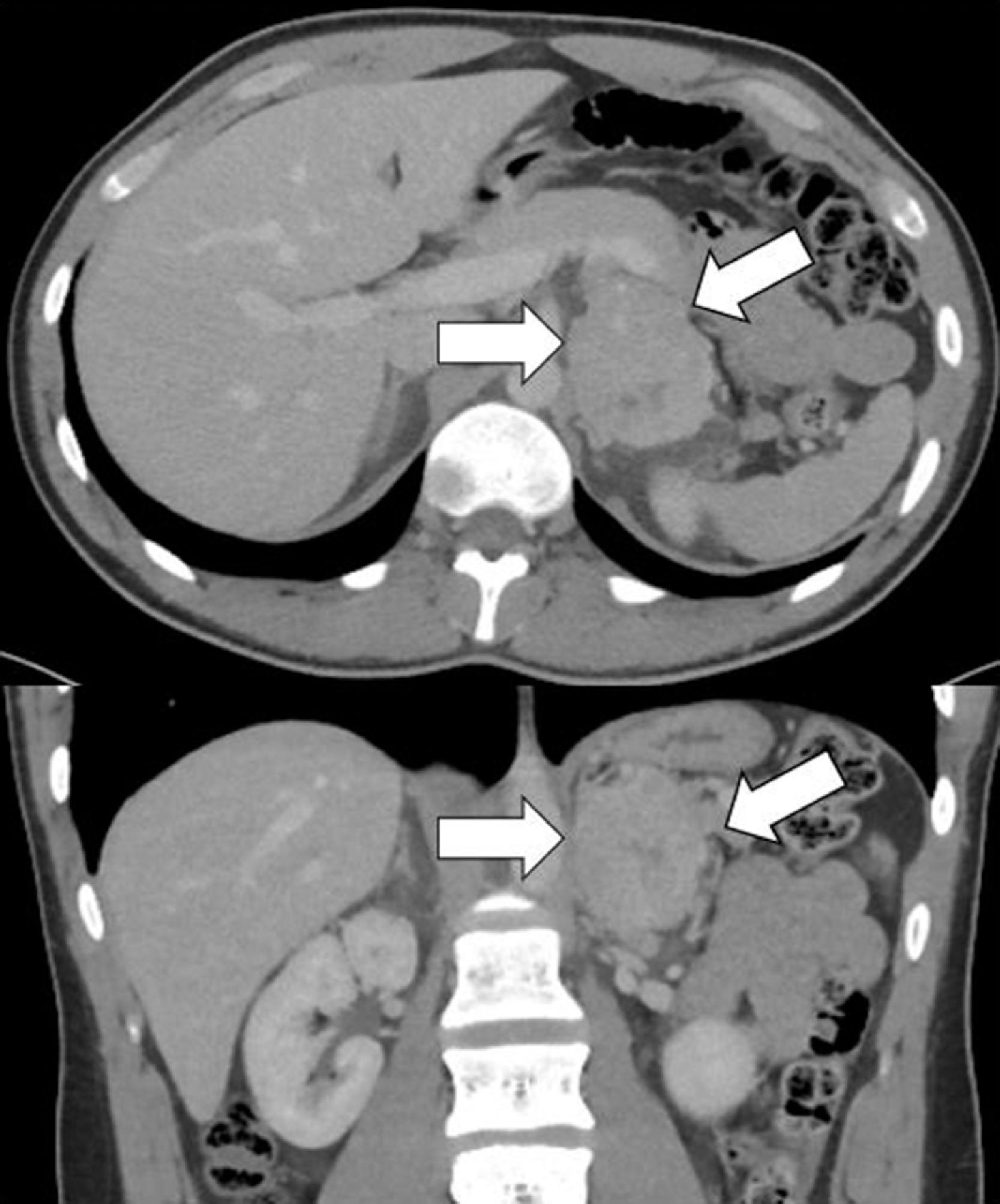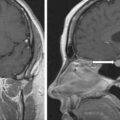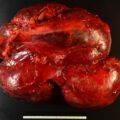The treatment of choice for pheochromocytoma is complete surgical resection. The success of surgery depends on the experience and expertise of a multidisciplinary team that includes an endocrinologist, endocrine surgeon, and anesthesiologist team. Careful preoperative pharmacologic preparation is crucial for successful treatment and is usually accomplished with combined α- and β-adrenergic blockade to prevent intraoperative hypertensive crises. In certain situations, metyrosine therapy can be used in addition to or instead of α-adrenergic blockade. We describe one such case here.
Case Report
The patient was a 21-year-old man with no significant medical history until the development of acute symptoms that occurred in the setting of physical activity several days before evaluation. While running, he developed a lower extremity pain with muscle cramping. By the time he completed his run, his pain progressed to the abdomen and left lower back, and he vomited. He was transported to the emergency department, where his blood pressure was found to be elevated at 203/117 mmHg, thought to be the result of severe pain. To further evaluate the abdominal pain, computed tomography (CT) of abdomen was performed and revealed a heterogeneous 7-cm left adrenal mass, along with a possible lymphadenopathy and several bony lesions ( Fig. 38.1 ). In retrospect, he recalled progressive symptoms of diaphoresis over several years, without palpitations or headaches. Review of systems was otherwise negative. Family history was negative for any genetic syndromes or pheochromocytomas. The patient was not taking any medications.

On physical examination his body mass index was 26.3 kg/m 2 , blood pressure was 130/97 mmHg, and heart rate was 97 beats per minute. He had mild tremor in outstretched fingers. Physical examination was otherwise unrevealing.
INVESTIGATIONS
The laboratory tests confirmed catecholamine excess with a noradrenergic biochemical phenotype ( Table 38.1 ). A 68-gallium DOTATATE positron emission tomography scan was obtained ( Fig. 38.2 ) and revealed heterogeneous radiotracer uptake in the left adrenal mass (SUVmax of 16.3); a large left retroperitoneal lymph node; and multiple radiotracer avid lytic skeletal metastases in C1, C6, T3, T9, T10, T12 vertebral bodies, sacrum, and right posterior acetabulum.
| Baseline | 1 Month After Adrenalectomy | ||
| Biochemical Test | Result | Result | Reference Range |
| Plasma metanephrine, nmol/L | <0.2 | <0.2 | <0.5 |
Plasma normetanephrine, nmol/L | 15 | 1.3 | <0.9 |
24-Hour urine: | |||
Metanephrine, mcg | 149 | 84 | <400 |
Normetanephrine, mcg | 9644 | 1421 | <900 |
Norepinephrine, mcg | 1093 | 125 | <80 |
Epinephrine, mcg | 9.2 | 2.8 | <20 |
Dopamine, mcg | 342 | 332 | <400 |
Stay updated, free articles. Join our Telegram channel

Full access? Get Clinical Tree








